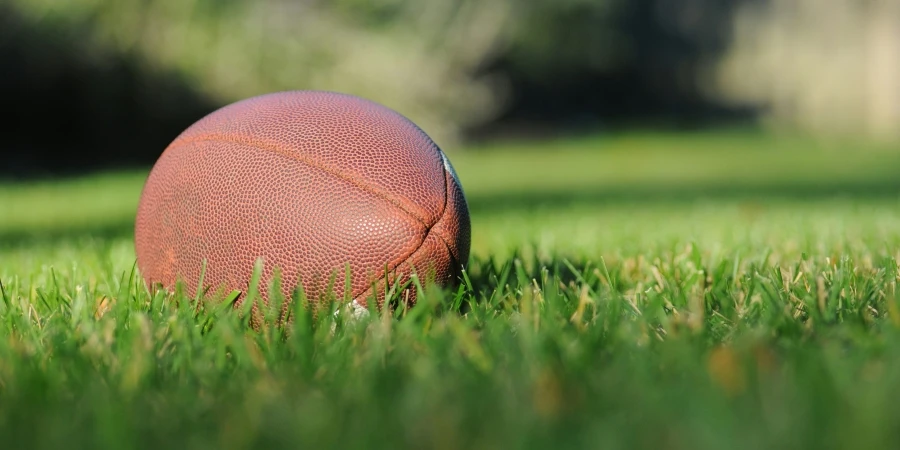Soft football is rapidly gaining traction in the sports and accessories industry. This innovative variant of traditional football offers enhanced safety and comfort, making it a popular choice among players of all ages. As the market for soft football continues to expand, understanding the key trends and players driving this growth is essential for businesses and enthusiasts alike.
Table of Contents:
Market Overview
Innovative Materials and Design
Safety and Comfort: A Priority
Customization and Personalization
Conclusion
Market Overview
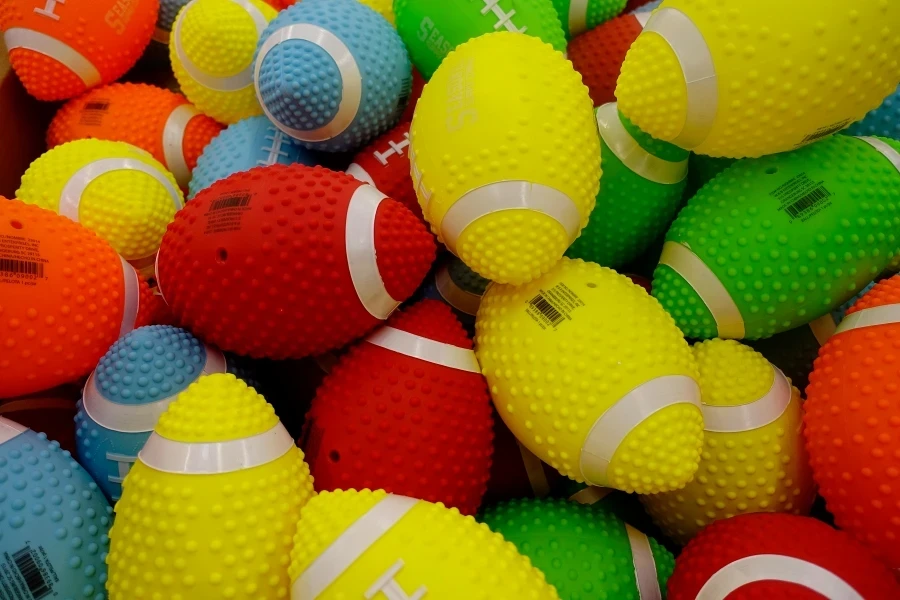
Growing Popularity of Soft Football
The popularity of soft football has been on the rise, driven by its unique combination of safety, comfort, and performance. According to a professional report, the global market for soft football is expected to grow at a compound annual growth rate (CAGR) of 6.5% from 2023 to 2028. This growth is fueled by increasing participation in football, particularly among younger players and recreational athletes who prioritize safety.
Soft footballs are designed with softer materials that reduce the risk of injury, making them ideal for training and casual play. This has led to a surge in demand from schools, sports clubs, and recreational leagues. Additionally, the growing awareness of sports-related injuries has prompted parents and coaches to opt for safer alternatives, further boosting the market for soft footballs.
Key Market Players and Their Influence
Several key players dominate the soft football market, leveraging their brand reputation and innovative products to capture significant market share. Companies like Nike, Adidas, and Wilson Sporting Goods are at the forefront, continuously investing in research and development to enhance the performance and safety features of their products.
Nike, for instance, has introduced a range of soft footballs that incorporate advanced materials and technology to improve durability and playability. Their commitment to innovation has solidified their position as a market leader. Similarly, Adidas has focused on ergonomic designs and aesthetic appeal, catering to the preferences of a diverse customer base.
Wilson Sporting Goods, known for its high-quality sports equipment, has also made significant strides in the soft football market. Their products are widely used in schools and recreational leagues, thanks to their reputation for safety and reliability. The influence of these key players extends beyond product offerings, as their marketing strategies and sponsorship deals play a crucial role in shaping consumer preferences and driving market growth.
Regional Market Trends and Preferences
The soft football market exhibits distinct regional trends and preferences, influenced by cultural factors, economic conditions, and local sports infrastructure. In North America, the market is driven by the popularity of football at all levels, from youth leagues to professional teams. The United States, in particular, is a significant market, with a strong emphasis on player safety and youth sports development.
In Europe, the market for soft football is growing steadily, supported by the region’s rich football culture and extensive youth participation. Countries like the United Kingdom, Germany, and France are key markets, with a high demand for safe and high-quality sports equipment. The focus on sustainability and eco-friendly products is also gaining traction in Europe, prompting manufacturers to explore innovative materials and production methods.
The Asia-Pacific region is witnessing rapid growth in the soft football market, driven by increasing interest in football and rising disposable incomes. Countries such as China, Japan, and South Korea are experiencing a surge in both participation and viewership, which in turn boosts demand for football equipment. Local brands are emerging alongside global players, offering products tailored to regional preferences and climatic conditions.
Innovative Materials and Design
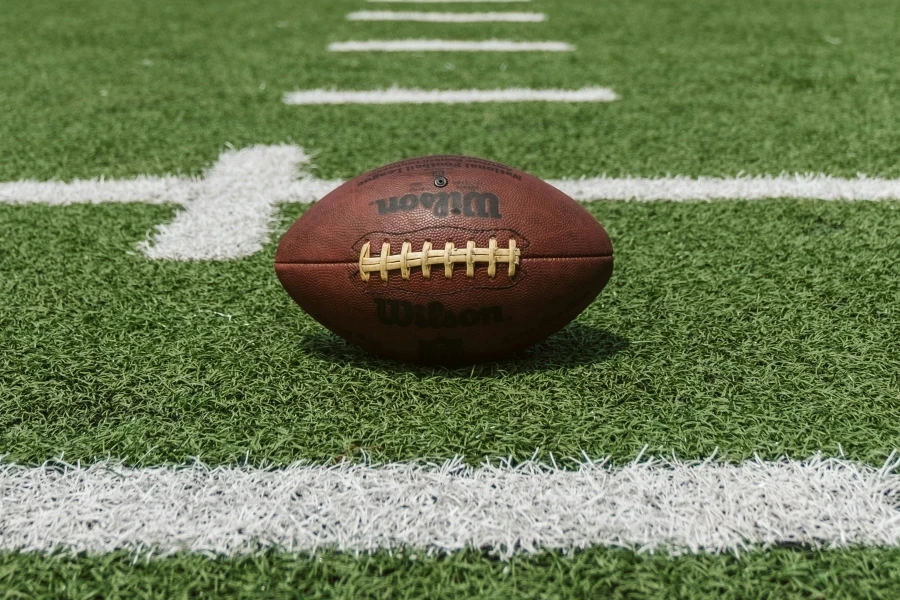
Advanced Materials for Enhanced Performance
The evolution of soft footballs has been significantly influenced by the development of advanced materials. These materials are designed to enhance performance, durability, and player safety. One of the key materials used in the construction of soft footballs is a type of synthetic leather, which offers a balance between softness and durability. This material is often combined with a foam layer to provide cushioning and reduce the impact on players during play. According to a professional report, the use of synthetic leather in sports equipment has been shown to improve the overall performance and longevity of the products.
In addition to synthetic leather, other innovative materials such as thermoplastic elastomers (TPE) and ethylene-vinyl acetate (EVA) are also being used in the construction of soft footballs. These materials are known for their flexibility, shock absorption, and resistance to wear and tear. The incorporation of these materials into the design of soft footballs ensures that they can withstand the rigors of intense play while providing a comfortable and safe experience for players.
Ergonomic and Aesthetic Design Trends
The design of soft footballs has also seen significant advancements in recent years. Ergonomic design principles are being applied to ensure that the footballs are easy to handle and control. This includes the use of textured surfaces that provide better grip and control, as well as the incorporation of aerodynamic shapes that enhance the flight characteristics of the ball. Reported by industry experts, these design improvements have been shown to enhance the overall playing experience and reduce the risk of injury.
Aesthetic design trends in soft footballs are also evolving, with manufacturers offering a wide range of colors, patterns, and customizations. This allows players and teams to choose footballs that reflect their personal style and team identity. The rise of customizable options in the market has made it possible for players to have footballs that are not only functional but also visually appealing.
Safety and Comfort: A Priority
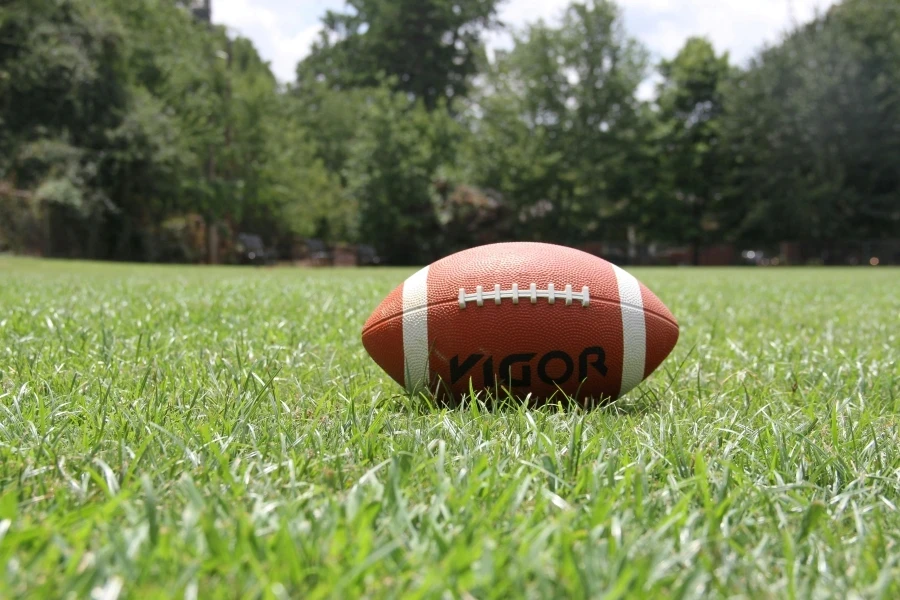
Ensuring Player Safety with Soft Footballs
Player safety is a top priority in the design and construction of soft footballs. The use of advanced materials and ergonomic design principles helps to reduce the risk of injury during play. Soft footballs are designed to absorb impact and reduce the force transmitted to the player’s body. This is particularly important in youth sports, where players are more susceptible to injuries. According to a professional report, the use of soft footballs in youth sports has been shown to significantly reduce the incidence of injuries compared to traditional footballs.
In addition to the materials used, the construction of soft footballs also plays a crucial role in ensuring player safety. The multi-layered design of these footballs, which includes a soft outer layer and a cushioned inner layer, helps to distribute the impact force evenly and reduce the risk of injury. This design also ensures that the footballs maintain their shape and performance characteristics over time, even with regular use.
Comfort Features for an Improved Playing Experience
Comfort is another important consideration in the design of soft footballs. The use of soft, flexible materials ensures that the footballs are comfortable to handle and play with. This is particularly important for younger players, who may find traditional footballs too hard and difficult to control. The ergonomic design of soft footballs, which includes features such as textured surfaces and aerodynamic shapes, also enhances the overall playing experience by making the footballs easier to grip and control.
In addition to the materials and design, the weight of soft footballs is also optimized to ensure comfort and ease of use. These footballs are typically lighter than traditional footballs, making them easier to kick and throw. This is particularly beneficial for younger players, who may not have the strength to handle heavier footballs. The combination of these comfort features ensures that players can enjoy the game without experiencing discomfort or fatigue.
Customization and Personalization
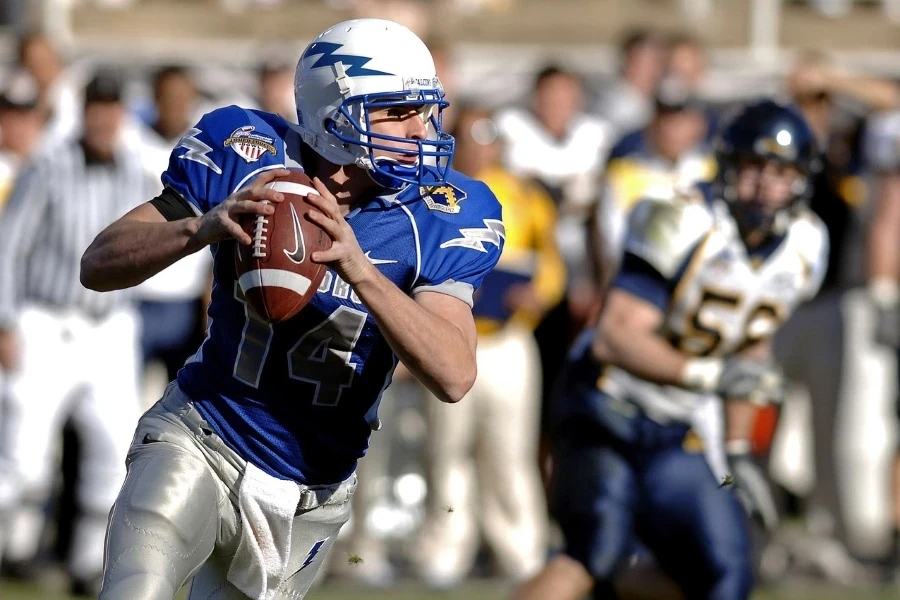
Tailoring Soft Footballs to Meet Specific Needs
The ability to customize and personalize soft footballs is a growing trend in the sports industry. Manufacturers are offering a wide range of customization options, allowing players and teams to tailor the footballs to their specific needs. This includes the ability to choose the color, pattern, and design of the footballs, as well as the option to add logos, names, and other personal touches. According to industry reports, the demand for customizable sports equipment has been steadily increasing, driven by the desire for unique and personalized products.
Customization also extends to the performance characteristics of the footballs. Players can choose footballs with different levels of cushioning, grip, and weight to suit their playing style and preferences. This level of customization ensures that players can have footballs that are perfectly suited to their needs, enhancing their performance and enjoyment of the game.
The Rise of Customizable Options in the Market
The rise of customizable options in the market has been driven by advancements in manufacturing technology and the increasing demand for personalized products. Manufacturers are now able to produce customized footballs quickly and efficiently, thanks to the use of digital printing and other advanced manufacturing techniques. This has made it possible for players and teams to have footballs that are not only functional but also unique and personalized.
The availability of customizable options has also opened up new opportunities for branding and marketing. Teams and organizations can use customized footballs as promotional items, helping to build their brand and engage with fans. This has made customizable footballs a popular choice for sports teams, schools, and other organizations looking to create a unique and memorable experience for their players and supporters.
Conclusion
The advancements in materials, design, safety, and customization of soft footballs have significantly enhanced the playing experience for athletes of all ages. As the sports industry continues to evolve, the demand for innovative and personalized sports equipment is expected to grow. The future of soft footballs looks promising, with ongoing developments aimed at improving performance, safety, and customization options.
